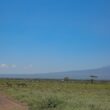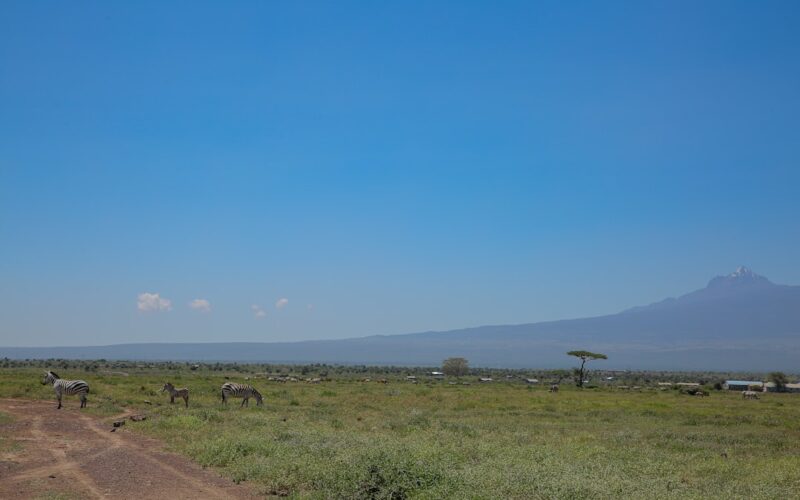Senegal is grappling with its worst outbreak of Rift Valley Fever (RVF) since the late 1980s, health officials announced this week. The mosquito-borne virus has caused 17 confirmed deaths in Senegal so far, marking the deadliest resurgence in nearly four decades. Neighboring Mauritania has also reported three deaths last month in the southern cities of Rosso, Kiffa, and Aleg.
Rift Valley Fever isn’t new to the region, but its reappearance on this scale is alarming for both public health and local economies. Back in the 1980s, Senegal and Mauritania jointly faced devastating outbreaks that killed over 200 people, according to medical statistics. The disease primarily affects livestock—especially goats and sheep—leading to heavy financial losses for farmers. But humans aren’t spared: while most cases are mild or symptom-free, severe instances can cause eye damage, brain swelling, or even haemorrhagic fever, which can be fatal, the World Health Organization (WHO) warns.
WHO Urges Prevention and Animal Vaccination
The WHO and local health authorities are urging immediate action to control the spread. Officials emphasize that preventing outbreaks in animals—through vaccination campaigns—and minimizing mosquito exposure are key to stopping the virus from jumping to humans. “Controlling the disease in livestock is our frontline defense,” one official noted, “but public education on mosquito bite prevention is just as critical.”
Senegalese officials are on high alert, launching investigations and community awareness programs. The memories from the 1980s linger, when RVF tore through rural areas, causing hundreds of deaths and leaving long-term scars both medically and economically.
What’s Next for Senegal and the Region?
With the rainy season fostering mosquito breeding, experts warn the risk isn’t over yet. The hope is that rapid intervention and cross-border cooperation can prevent the scale of tragedy seen decades ago. For now, farmers and families in Senegal and Mauritania are watching the skies—and their livestock—closely, hoping the worst of this outbreak is behind them.








